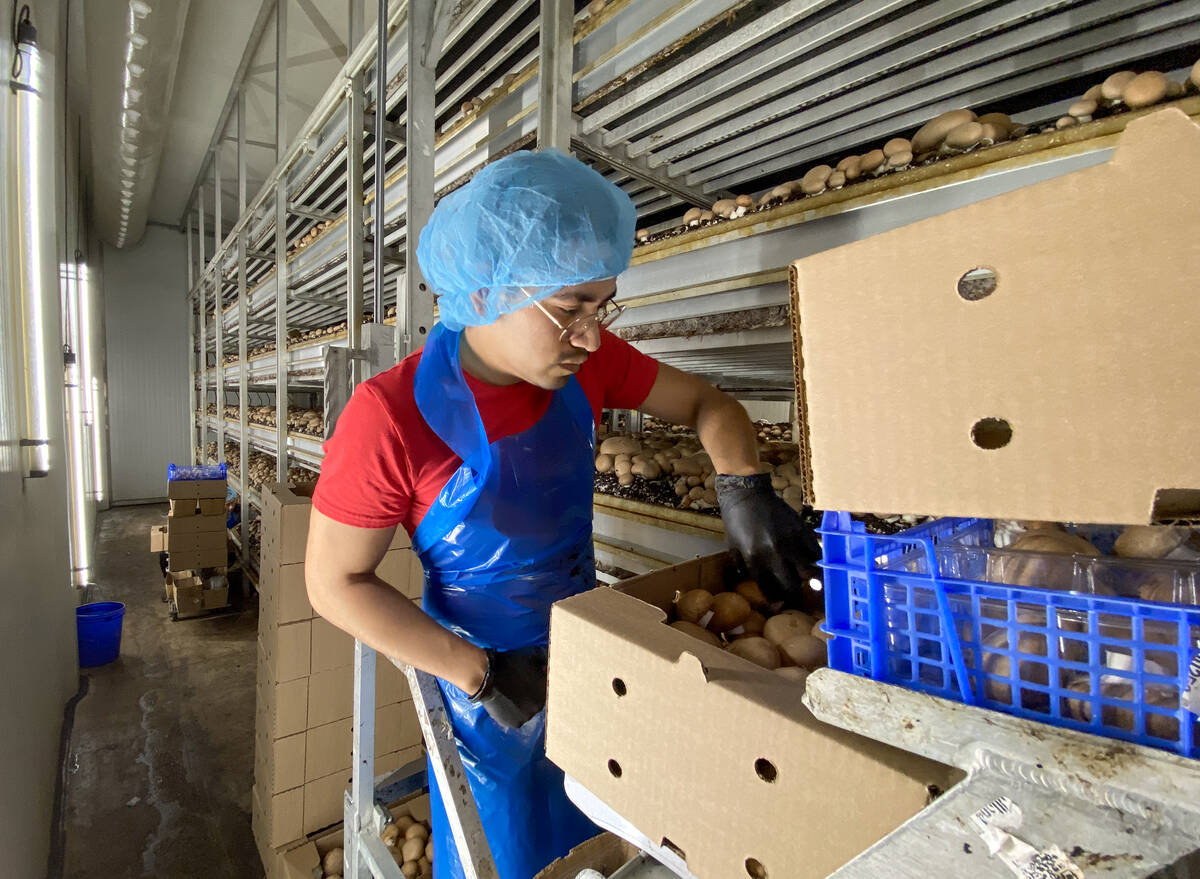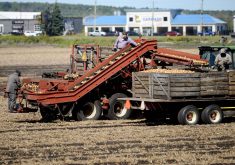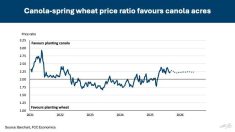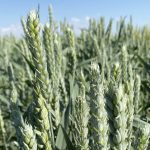There’s been a lot of attention lately on the challenges facing Ontario’s auto industry. As trade tensions rise and ongoing tariffs threaten jobs and investment, the impacts on one of our province’s largest manufacturing sectors are being closely watched by government, industry and the public alike.
That’s understandable: the auto sector is a longtime symbol of Ontario’s industrial strength and innovation. But while cars and trucks have long rolled off our assembly lines, another powerful economic engine has been steadily driving Ontario forward, too — our agriculture, agri-food and agri-business sectors.
As a farmer and president of the Ontario Federation of Agriculture, it’s an industry I’m more than familiar with, but it’s time more Ontarians – and Canadians – recognized the scale, sophistication and economic importance of this sector. Agriculture, agri-food and agri-business are every bit as vital to the province’s prosperity as the automotive industry, and we can’t afford to overlook it or take it for granted.
Read Also
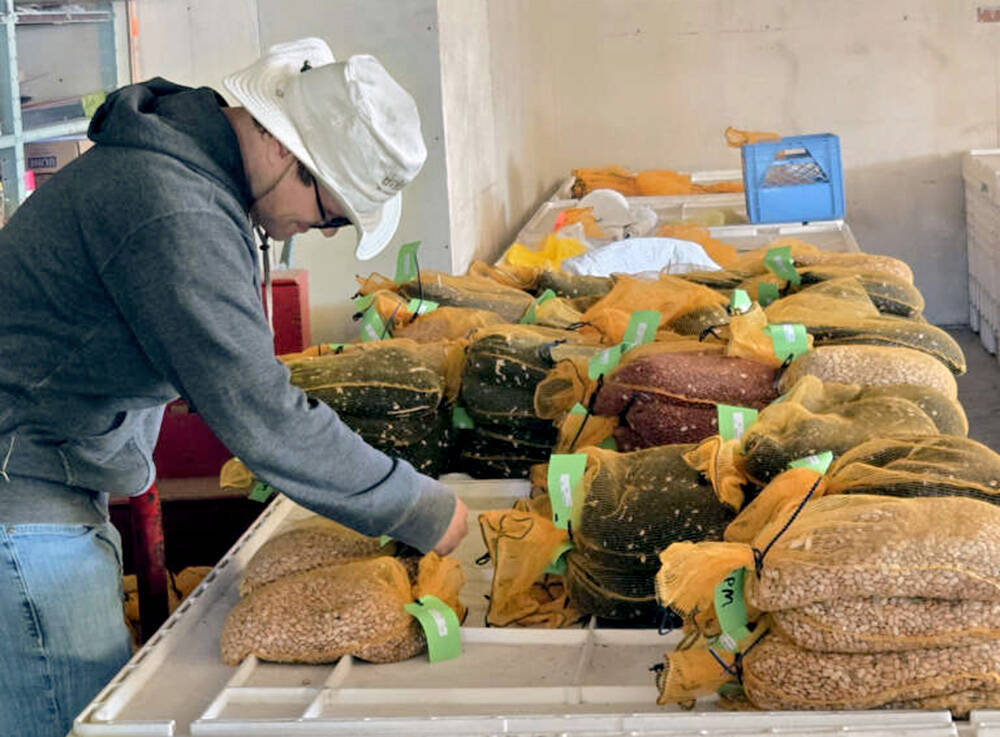
Bean research breeds community giving
University of Guelph dry bean researcher Dr. Mohsen Yoosefzadeh Najafabadi champions sustainability by donating surplus breeding program beans to support food security and community art initiatives.
Ontario’s agri-food system, from farms and greenhouses to processors, distributors, retailers and foodservice, contributed approximately $51.4 billion to the provincial economy in 2024. That makes it one of Ontario’s top economic drivers, powering both rural and urban communities.
At the heart of that system is food and beverage processing, the industrial engine that transforms Ontario-grown crops, livestock and ingredients into finished food products.
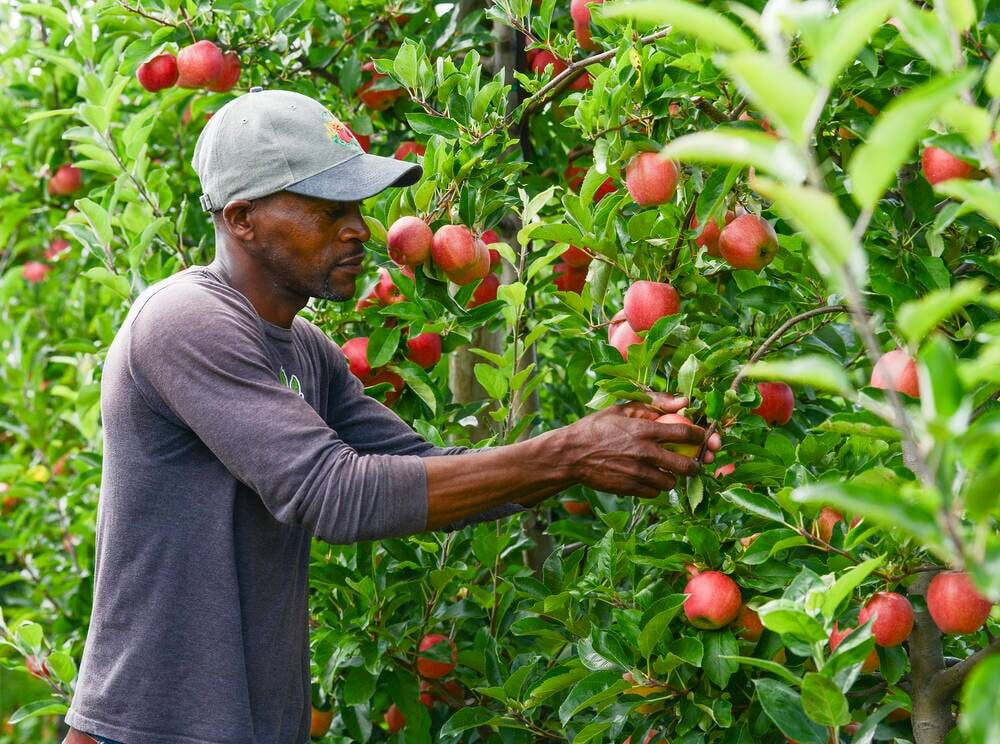
In 2023, this subsector alone contributed $14.8 billion to the provincial economy, accounting for more than 15% of Ontario’s total manufacturing gross domestic product. That’s just behind motor vehicles at 16.4%, and well ahead of other major manufacturing sectors like chemicals or fabricated metals.
In other words: food processing is Ontario’s second-largest manufacturing industry — and one of its most stable and resilient.
From food plants in the Greater Toronto Area to bakeries, dairies and processors in small towns across the province, Ontario’s food manufacturing sector employed 116,700 people in 2023 — about 14% of all manufacturing jobs in Ontario. And when you take in the entire agri-food system, from farming to retail to restaurants, more than 867,000 Ontarians or about 10 per cent of the labour force are connected to the food value chain.
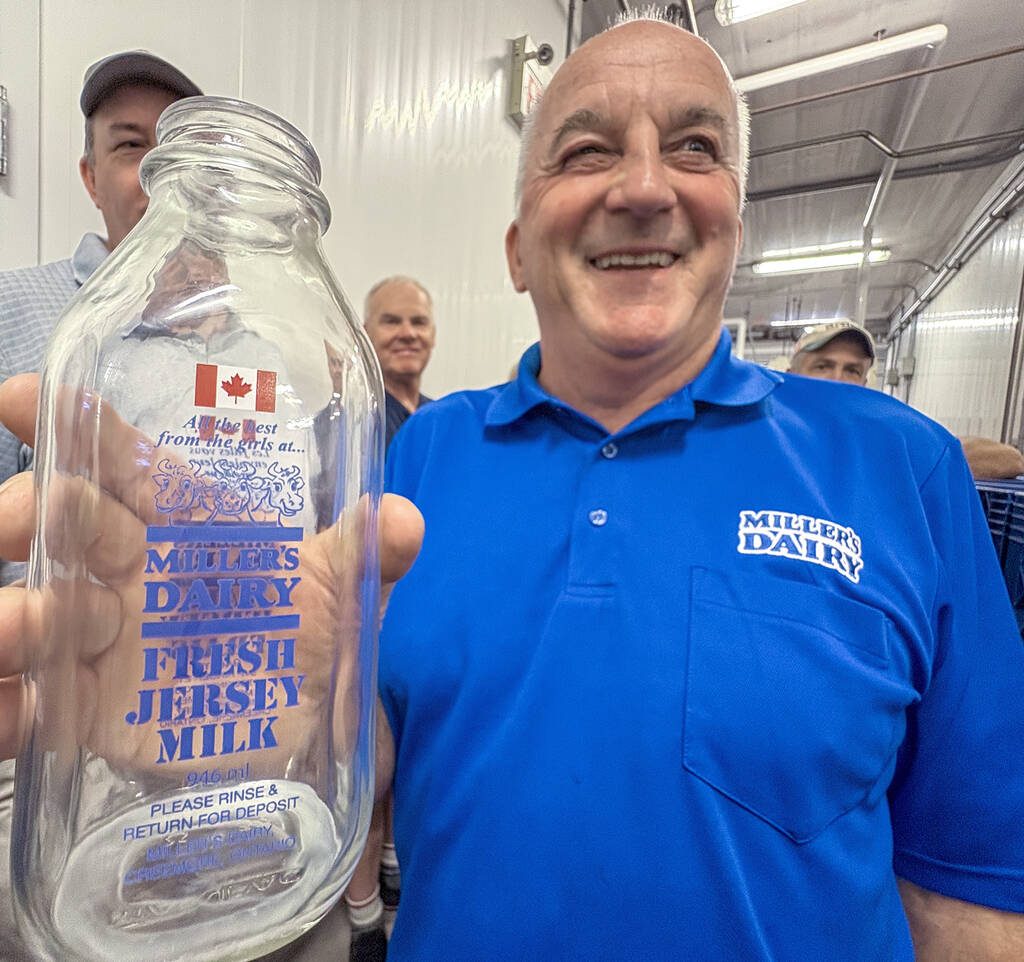
Ontario also leads the country in agri-food exports, shipping $28 billion worth of products to markets around the world in 2024. Our top customer is the United States, followed by the European Union and Asia, and major export categories range from primary agricultural commodities to processed products like baked goods and prepared foods.
This is a sector that thrives on innovation, entrepreneurship and global competitiveness — just like auto manufacturing. The difference is that its impact is felt in every region of Ontario, not just a few industrial hubs.
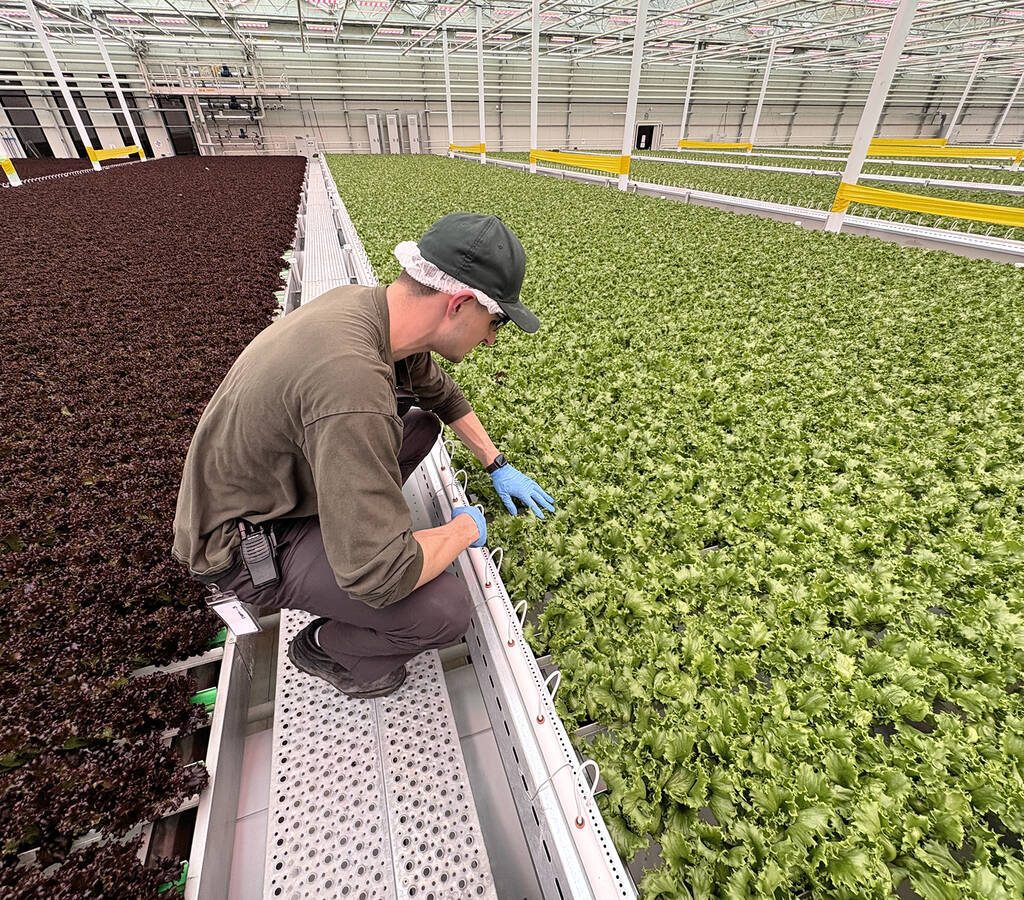
As a sector, agriculture, agri-food and food processing offer economic balance and resilience. This is a sector grounded in local production but globally engaged; rooted in small businesses yet capable of scaling to export markets.
Research shows that every dollar of economic activity created in food processing supports an additional $2.46 elsewhere in Ontario’s economy, through farming, packaging, transportation, logistics and retail. That’s a powerful multiplier effect — one that strengthens local economies and keeps rural Ontario vibrant.

The current trade and tariff challenges around the auto sector, as well as steel, aluminum and others, remind us that economies evolve, and that governments need to plan for stability and diversity. Ontario’s agri-food and food processing sector offers exactly that: a homegrown, high-value industry with global reach and long-term potential.
To fully unlock that potential, we need the same kind of attention and investment that the auto, energy, mining, steel and aluminum sectors receive. That means support for modern processing facilities, infrastructure that connects rural producers to markets, policies that encourage farm business growth and domestic value-added manufacturing, and a commitment to keeping farmland productive and protected.
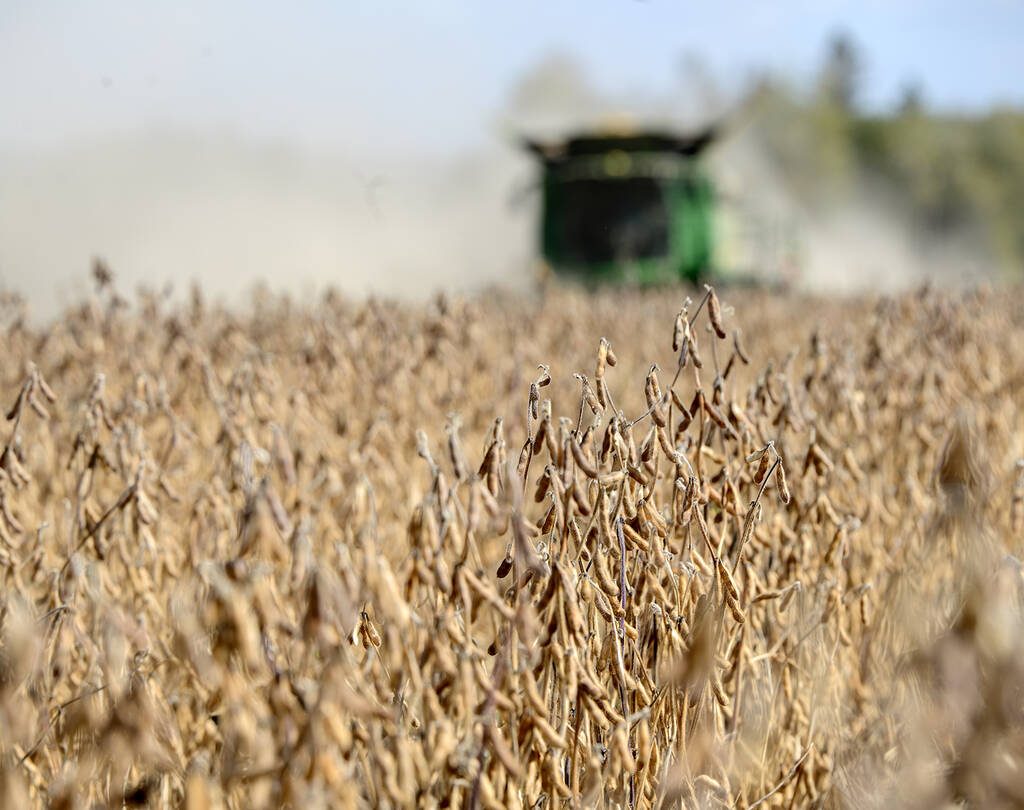
Agriculture and food are not just part of Ontario’s heritage — they’re the foundation of our future prosperity. As we navigate global uncertainty, let’s remember that Ontario’s ability to feed itself and the world is one of its greatest strengths.
When we invest in farming and food, we’re investing in jobs, innovation, and a more resilient Ontario economy.

